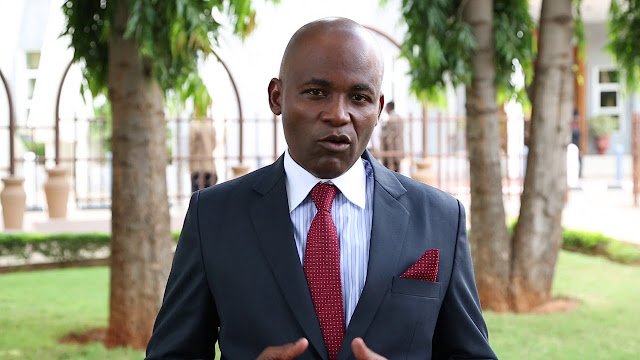Government hopeful of sickle-cell cure
The government has expressed optimism for finding a cure for sickle-cell as recent researches show promising results.
There have been significant interventions and advances in research to find a cure for sickle-cell disease in Tanzania.
Recent studies have given promising results with the possibility of a cure using gene therapy, bone marrow transplant and making hydroxyrea medicine accessible.
Associate professor in the Department of Haematology and Blood Transfusion at Muhimbili University of Health and Allied Sciences (Muhas) Julie Makani said the government had been encouraging them and was ready to support to a sickle-cell disease (SCD) programme initiated at the institution in 2004.
Ms Makani explained that Muhas had been conducting researcheson the disease to provide better health services and create public awareness.
She said this yesterday when briefing on the SCD programme and how far Tanzania had gone in its studies and the country’s readiness to conduct gene therapy.
Basing on a recent research conducted in France, which has revealed ways to cure SCD using gene therapy, she said: “This is a new intervention that proves the disease is curable together with other inheritable diseases.
The government has been encouraging us to continue with researches to build the ability of treating patients using gene therapy.” She said they had been able to research on ailments mostly reported by SCD patients, the frequency and how they could improve treatment.
Prof Makani said during this period the programme had been able to improve guidelines on how to treat and serve SCD patients and why malaria accelerated ailments on SCD patients.
SCD Programme Coordinator, Dr Siana Nkya, explained that the programme aims at improving and finding cure for SCD in the country, especially on gene therapy treatment.
Tanzania is still in its initial stage of improving this as patients increase, the programme is also researching on things like its cost, long time effects and its benefits, she clarified.
“Our country is the fifth in the world with many patients having SCD. We have 8,000- 11,000 children born with the disease per year and in every 1,000 children eight to 10 of them have SCD, while in every 100 children 12-15 children are found with carrier genes of SCD,” she explained.
“This is a big problem in the country as statistics are scary. Although the programme started 15 years ago, now we see more light as the government has also intervened to support the cure,” she asserted.
She further said that there was a relationship between malaria and SCD and perhaps that was a reason for more cases were reported from the lower part of Sahara Dessert.
In Tanzania the lake and coastal regions have more cases reported. Deputy Minister for Health, Community Development, Gender, Elderly and Children, Dr Faustine Ndugulile, commended the efforts made by the SCD programme in coming up with the cure.
“I have come to encourage the SCD programme, where more researches on other genetic diseases are needed as well. We are satisfied with what is being done, but we also need them to provide better guidelines and even policy advice to improve treatment services for patients with genetic diseases,” he said.
He added that there was still more to do to fully utilise the genetic laboratory at Muhas. “This is among the rare labs found in East Africa and can be used to conduct more researches and teach students,” he noted.
Dr Ndungulile said awareness campaigns on gene related diseases were highly needed as a lot of Tanzanians were treated for various ailments before realising that the symptoms they had were due to a genetic disease.
“The government is ready to support the programme once it is ready to produce hydroxyrea medicine so that they are within the purchasing power of patients.”
He explained that with the evolving technology, including treatment like gene therapy and bone marrow transplant, the government was ready to receive advice according to the findings to support which treatment to be used in Tanzania

